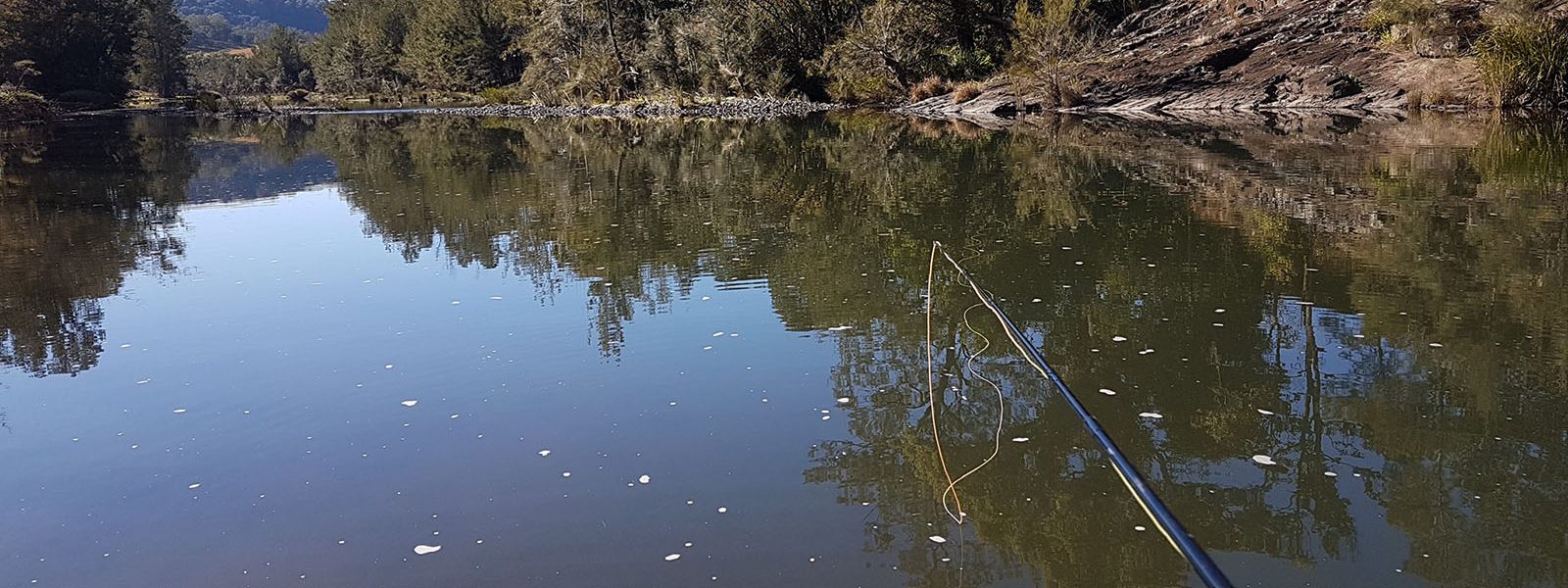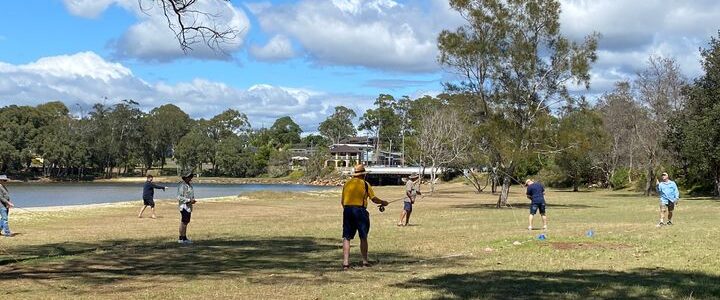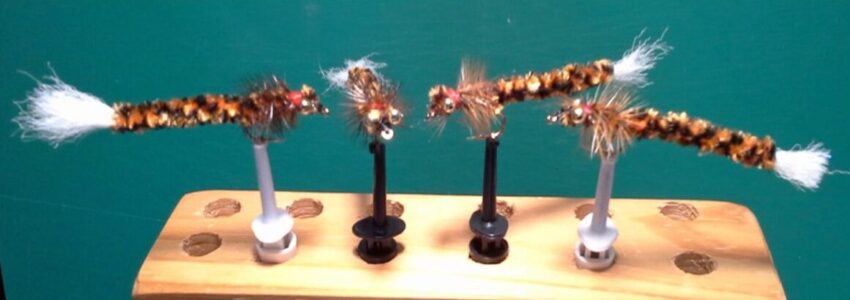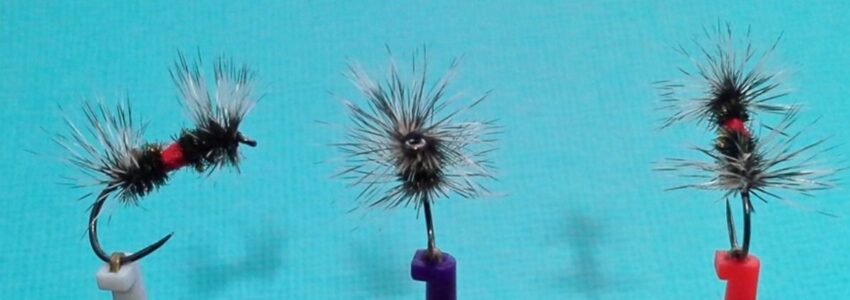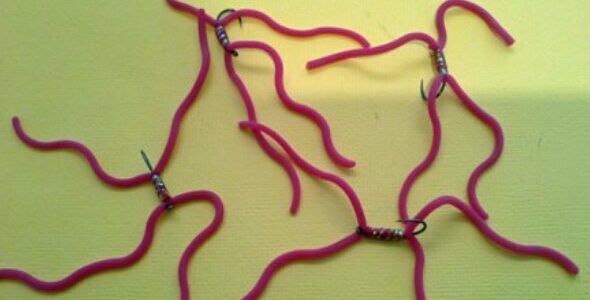HFF Flycast, January/February 2024
Volume 15, No. 10, January/February 2023
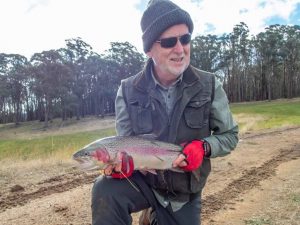
The Club has been active recently, with events like an outing to North Haven that got washed out due to bad weather and a successful joint Casting day with the Coffs Coast Club. Read More »
